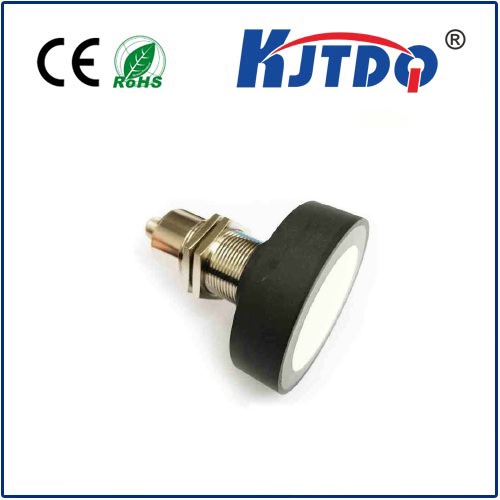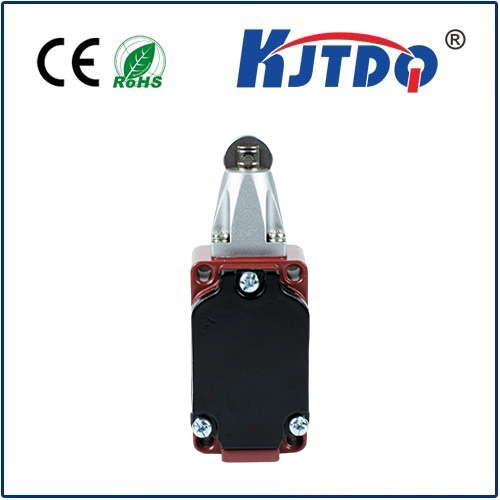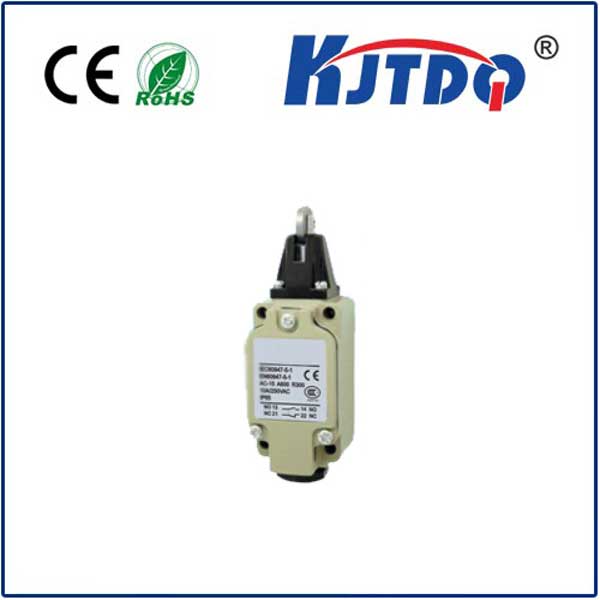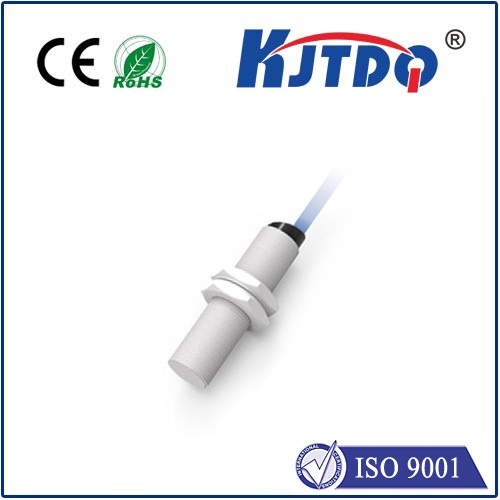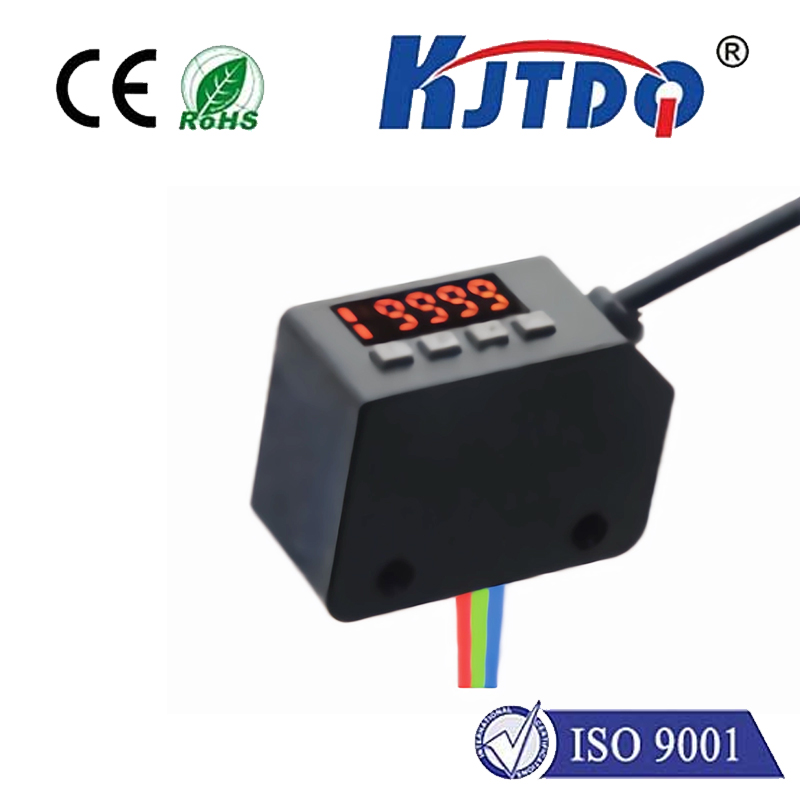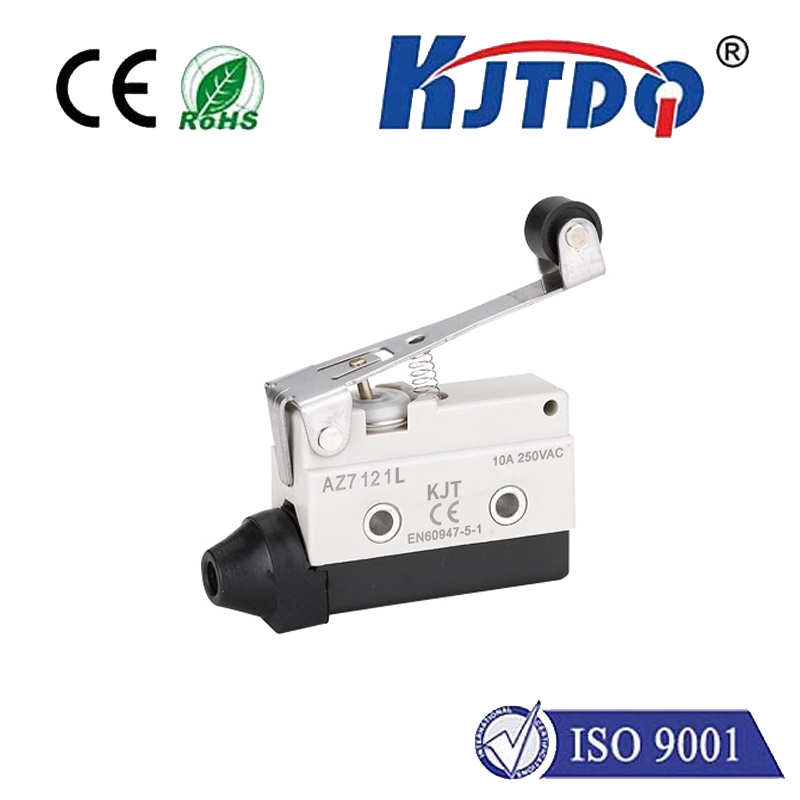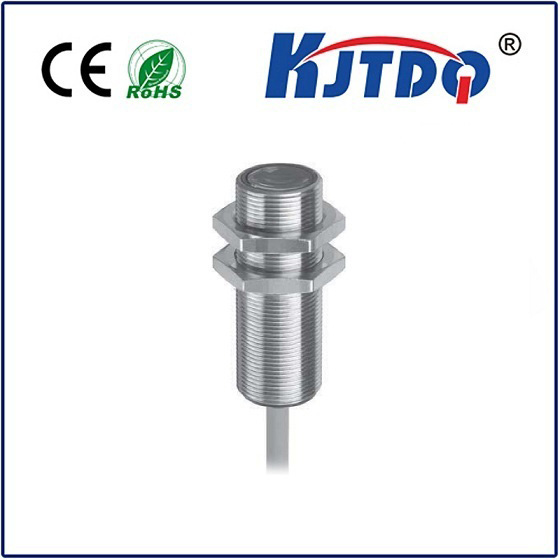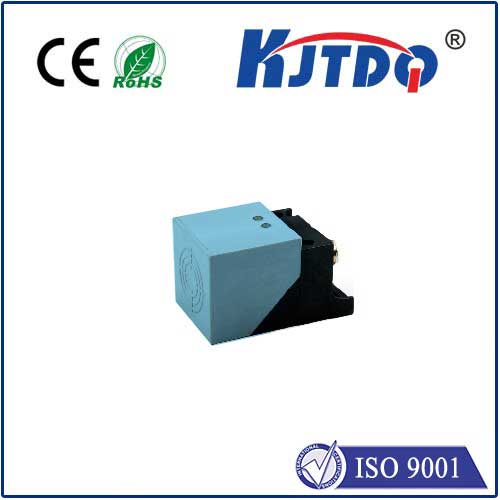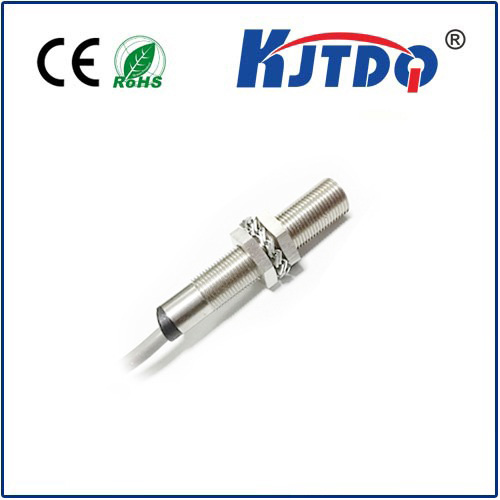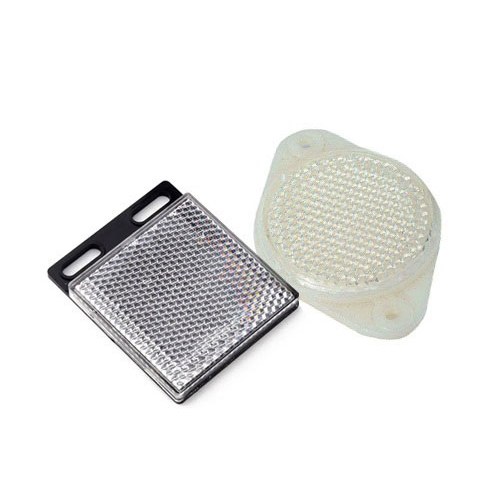BES02FH proximity sensor
- time:2025-10-15 08:38:23
- Click:0
BES02FH Proximity Sensor: The Silent Guardian of Industrial Automation
Imagine an assembly line humming with precision – robotic arms welding components, conveyor belts seamlessly transporting parts, and intricate packaging machines operating flawlessly. This symphony of automation relies heavily on unseen sentinels: proximity sensors. Among them, the BES02FH proximity sensor stands out as a robust and reliable performer, quietly ensuring safety, accuracy, and efficiency in demanding industrial environments. While specific “BES02FH” models may vary slightly between manufacturers (often Balluff being a common association), this designation typically signifies a high-quality inductive sensor designed for core industrial tasks.
Understanding the Core: The Inductive Proximity Principle
At its heart, the BES02FH proximity sensor operates on a fundamental principle: electromagnetic induction. It does not require physical contact to detect the presence or absence of a target object. Here’s the clever science:
- Generating the Field: An internal oscillator circuit within the sensor generates a high-frequency electromagnetic field radiating from its active face.
- Detecting the Interruption: When a metallic object (typically ferrous metals like iron or steel, or sometimes non-ferrous like aluminum or copper, depending on the sensor’s specific design) enters this electromagnetic field, eddy currents are induced within the target object.
- Sensing the Change: These eddy currents cause a measurable energy loss or change in the oscillation amplitude within the sensor’s coil circuitry.
- Triggering the Output: The sensor’s internal electronics detect this energy shift and react by switching its output state. This could mean turning a solid-state transistor “ON” (providing a signal) or “OFF” (removing the signal), depending on its configuration (Normally Open/NO or Normally Closed/NC).
This elegant, non-contact detection method makes inductive proximity sensors like the BES02FH ideal for countless applications where physical wear, contamination, or the need for high-speed detection rules out mechanical switches.

Why the BES02FH Earns Its Place on the Factory Floor
The designation “BES02FH” often implies a sensor built to withstand the rigors of heavy industry. While exact specifications depend on the manufacturer and specific model suffix, here are core attributes typically associated with this reliable workhorse:
- Robust Environmental Protection: Expect a high IP67 (Ingress Protection) rating or higher. This signifies the sensor is dust-tight and can withstand immersion in water up to 1 meter deep for 30 minutes. This resilience is crucial for environments exposed to washdowns, coolants, oils, or pervasive dust.
- Enhanced Electrical Resilience: Industrial settings are electrically noisy. Key features often include:
- Short-Circuit Protection: Prevents damage if output wires accidentally touch.
- Reverse Polarity Protection: Safeguards the sensor if power wires are connected backwards.
- Overload Protection: Shields the sensor from excessive electrical loads.
- Strong Resistance to Electromagnetic Interference (EMI): Ensures stable operation near heavy motors, solenoids, or welding equipment, minimizing false triggering.
- Extended Sensing Range: Compared to many basic inductive sensors, the BES02FH proximity sensor typically offers a generous sensing distance relative to its size (e.g., 8mm or 15mm for an M18 cylindrical housing). This provides valuable installation flexibility.
- High Switching Frequency: Capable of detecting objects reliably at very high speeds (often in the hundreds of Hz range), essential for tracking fast-moving parts on conveyors or monitoring rapidly cycling machinery.
- Durable Construction: Housings are typically made from stainless steel (V4A/AISI 316L is common) or robust nickel-plated brass, ensuring long-term corrosion resistance and mechanical strength.
- Reliable Outputs: Commonly available with PNP (sourcing) or NPN (sinking) transistor outputs, providing a clean, bounce-free signal compatible with PLCs (Programmable Logic Controllers) and other industrial control systems. Some models might also offer analog current or voltage outputs.
- LED Status Indicator: A built-in LED visibly confirms the sensor’s operational status (power on and detection state), greatly simplifying commissioning, debugging, and maintenance.
Where the BES02FH Proximity Sensor Shines: Real-World Applications
The BES02FH proximity sensor’s blend of robustness, reliability, and performance makes it a ubiquitous component across numerous sectors:
- Manufacturing & Assembly Lines: Vital for position sensing (end-of-stroke detection on cylinders), part presence verification on conveyors or pallets, counting components or products, and detecting jams. Its immunity to dirt and liquids is key.
- Material Handling & Logistics: Controlling automated guided vehicles (AGVs), detecting pallets on lifts or conveyors, confirming bin presence, and monitoring gate positions in sorting systems.
- Packaging Machinery: Verifying film or carton presence, indexing positions on rotary fillers and cappers, and detecting product flow through chutes.
- Metalworking & Machining: Monitoring tool changer positions on CNC machines, verifying workpiece clamping, detecting coolant levels, and guarding access points.
- Automotive Production: Used extensively in robotic welding cells for part positioning, on assembly jigs for verification, and in paint shops for tracking carriers.
- Food & Beverage Processing: Suitable for washdown areas (IP67/IP69K variants exist) to detect fill levels in tanks (using a float target), presence of containers on conveyors, and machine guarding. Stainless steel construction is often mandatory.
- Hydraulic & Pneumatic Systems: End position detection of cylinders and actuators, replacing fragile mechanical limit switches with a durable, non-contact solution.
Selecting the Right BES02FH Sensor: Key Considerations
While the “BES02FH” designation points towards a capable sensor, selecting the precise model requires attention to detail:
- Housing Style & Size: Cylindrical (e.g., M8, M12, M18, M30) or rectangular block styles are common. Size dictates sensing range and installation constraints.
- Sensing Range: Choose a range slightly larger than the maximum required gap to allow for installation tolerances and thermal expansion/contraction.
- Target Material: Ensure the sensor is suitable for the specific metal (steel, stainless steel, aluminum, brass, copper) you need to detect. Sensing ranges vary significantly with target material.
- Mounting: Flush or non-flush mounting? Flush-mountable sensors can be embedded in metal, while non-flush types offer longer ranges but require an air gap around the sensing face.
- Output Configuration: PNP (sourcing) or NPN (sinking)? Choose based on the input requirements of your controller (PLC). Voltage level (e.g., 10-30V DC) must match.
- Connection Type: Pre-wired cable (specify length and jacketing), flying leads, or a connector (e.g., M8, M12)? Choose based on ease of installation and replacement needs.
- Special Requirements: Do you need specific approvals (e.g., ATEX for hazardous areas)? Food-grade materials? Extra-high temperature rating? Analog output? Confirm model variants meet these needs.
The Unseen Engine of Efficiency
In the complex choreography of modern industry, object detection is fundamental. It dictates timing, ensures safety, verifies processes, and maintains flow. The BES02FH proximity sensor, with its **rob






